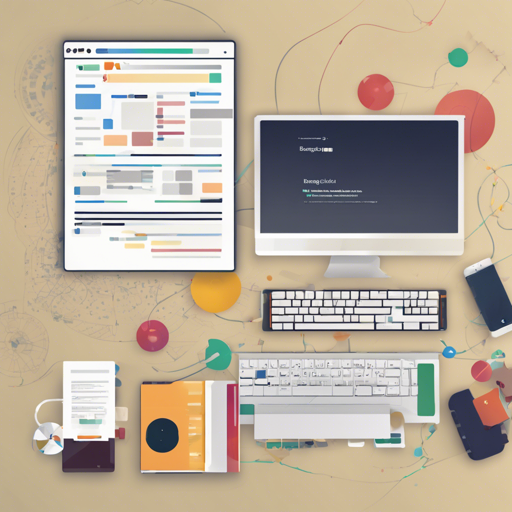Welcome to the world of BanglaCLM, an impressive text generation model designed specifically for the Bangla language. In this guide, we will walk you through the dataset, the model configuration, and how to train and evaluate it effectively. You’ll feel equipped to dive into your own project in no time!
Understanding the BanglaCLM Dataset
The foundation of any robust language model lies in its training data. The BanglaCLM dataset is meticulously curated to include diverse sources, ensuring comprehensive language coverage:
- OSCAR: 12.84GB
- Wikipedia dump: 6.24GB
- ProthomAlo: 3.92GB
- Kalerkantho: 3.24GB
Model Configuration
The BanglaCLM model is designed for a context size of 128 tokens, allowing for nuanced understanding and generation of Bangla text. This feature is crucial for capturing contextual relationships in language, much like how a skilled storyteller weaves intricate details into a compelling narrative.
Data Splitting for Training and Validation
The dataset is split into a training set (90%) and a validation set (10%). This division is vital for training the model on a large set of data while reserving a portion for evaluating its performance.
Training Procedure
To successfully train a model like BanglaCLM, you’ll need to use specific hyperparameters. Think of these as the secret recipe that ensures your dish turns out perfect every time:
- Batch Size: 32
- Initial Learning Rate: 5e-5
- Number of Warmup Steps: 10,000
- Weight Decay Rate: 0.01
- Tokenization Algorithm: BPE
- Vocabulary Size of Tokenizer: 50,256
- Total Trainable Parameters: 124,439,808
- Epochs: 40
- Number of Training Steps: 40,772,228
- Training Precision: float32
Training Results
After training, the model boasts a perplexity score of 2.86, indicating a strong understanding of the structure and nuances of the Bangla language.
Framework Versions
To build and experiment with BanglaCLM effectively, ensure you’re using the following library versions:
- Transformers: 4.26.1
- TensorFlow: 2.11.0
- Datasets: 2.10.0
- Tokenizers: 0.13.2
Troubleshooting Tips
If you encounter issues during the training or evaluation phases, consider the following troubleshooting ideas:
- Ensure that your dataset is correctly formatted and accessible by your training scripts.
- Check if you are using compatible versions of the required libraries.
- Monitor GPU resources to avoid out-of-memory errors, especially with large batch sizes.
- Adjust learning rates and epochs if the model shows signs of overfitting or underfitting.
For more insights, updates, or to collaborate on AI development projects, stay connected with fxis.ai.
Conclusion
Building and training a model like BanglaCLM is not only a fascinating technical challenge but also a significant step towards enhancing natural language processing for the Bangla language. Remember, every successful implementation is a blend of persistence, patience, and a sprinkle of creativity!
At fxis.ai, we believe that such advancements are crucial for the future of AI, as they enable more comprehensive and effective solutions. Our team is continually exploring new methodologies to push the envelope in artificial intelligence, ensuring that our clients benefit from the latest technological innovations.

